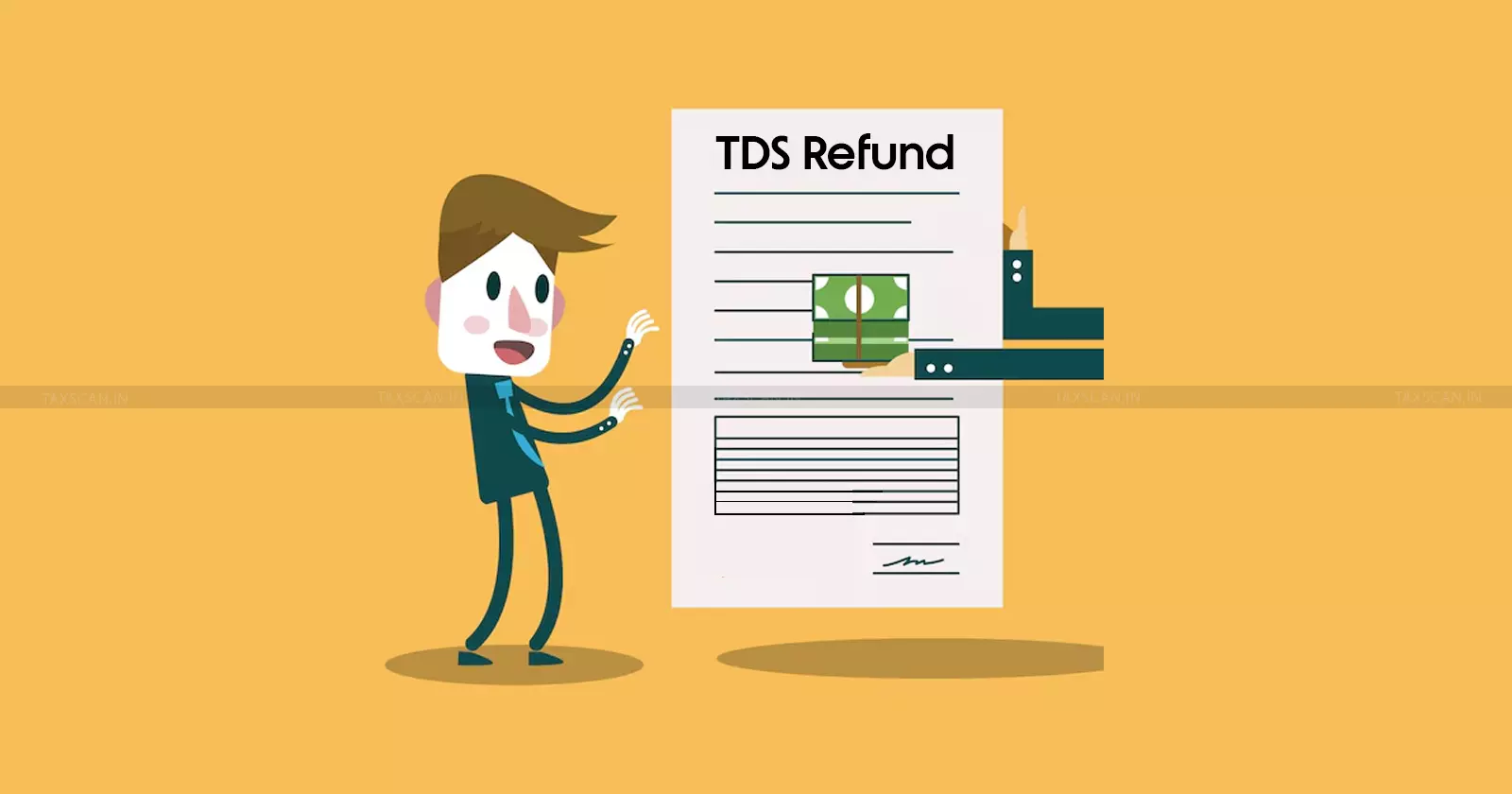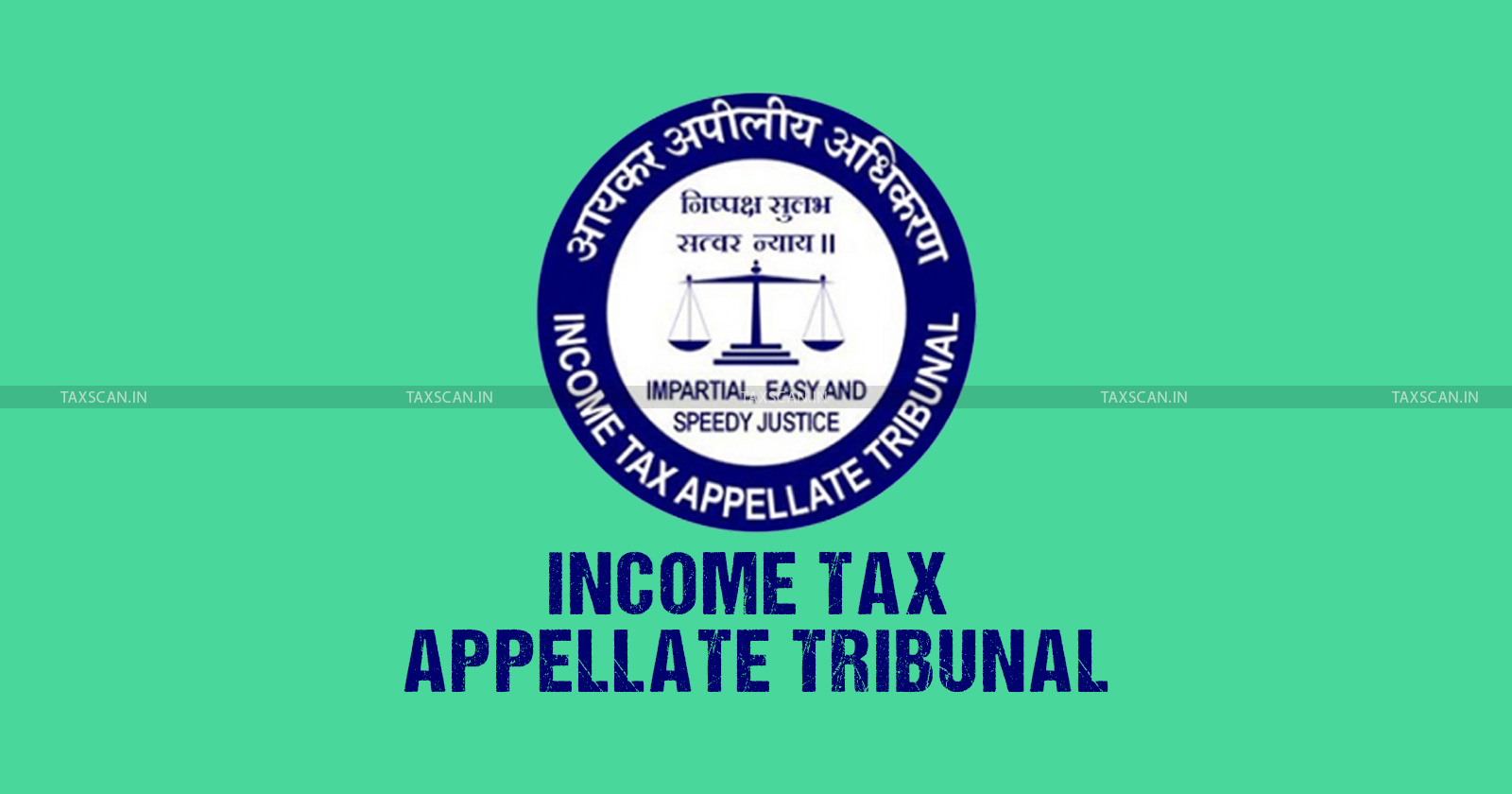Explained: Filing Income Tax Return and Claiming TDS Refund for a Deceased Parent
While the law does ascribe tax liabilities onto the kin of the deceased, the same comes with a number of caveats as well.

Benjamin Franklin’s quote on the certainty of death and taxes in this worldly life has been used in a range of contexts - for humor, for the anguish and for underlining how transient our time on this earth is. But the long hands of the taxman extends into the afterlife as well, albeit with a change in liabilities.
Section 159 of the Income Tax Act, 1961, makes the legal representative liable to do what the deceased would have been required to do: file their return, pay any sums due and carry out proceedings. Members of the kin have to, in effect, step into the shoes of the taxpayer for the purpose of complying with tax law.
The legal representative of the deceased may be deemed to be an assessee, but only within defined limits. This article explains the practical application of the law and how families can file the income tax return and claim any Tax Deducted at Source (TDS) refund for a deceased parent.
Want a deeper insight into the Income Tax Bill, 2025? Click here
Who is a Legal Heir under Income Tax Law?
For the purposes of taxation, a legal heir is the person who represents the estate of the deceased person. A legal heir is usually identified through documents such as a legal heir certificate issued by a court or revenue authority, a certificate of surviving family members from the municipal authority, a registered will of the deceased, or a family pension certificate issued by the government.
Where these certificates are issued in a regional language, a translated and notarised copy in English or Hindi is typically used for portal registration and correspondence. Without this recognition, the e-filing portal will not allow a person to act on behalf of the deceased.
How Income from Inherited Assets is Taxed
Upon the death of an individual, the total income earned by or on behalf of the deceased is split up based on the date of death. Income earned till the date of death is to be returned in the deceased’s ITR for that financial year while Income earned after the date of death from the same assets is taxable in the legal heir’s own return; only the income up to the date of death is reported in the deceased’s ITR.
Income earned by the deceased may include rent received, interest credited or salary due. Any income that accrues or is received after the date of death from the same assets, i.e., subsequent months’ rent, later interest credits, dividends or capital gains are all taxable in the hands of the legal heir.
How to Compute Income from Salary with Tax Planning, Click Here
 Also Read:S. 80P Deduction Disallowance: ITAT rejects Death of CA being Not Valid Reason for 388 Day Delay for Appeal [Read Order]
Also Read:S. 80P Deduction Disallowance: ITAT rejects Death of CA being Not Valid Reason for 388 Day Delay for Appeal [Read Order]
Liabilities of the Deceased and the Role of Legal Heirs
The legal heir of the deceased carries the duty to file taxes on behalf of the deceased, and comply with other relevant laws, including the duty to respond to communication from the tax department, but this does not constitute an open-ended burden.
Liability is capped by the value of the estate inherited, if the inherited assets meet only a part of the tax demand, the heir shall not be made responsible for an amount that exceeds the value of the inherited assets.
Courts and tribunals have emphasised fairness in applying these rules. In Narendra Kumar Agarwal vs Income Tax Office, 2025 TAXSCAN(HC) 1587, the Calcutta High Court intervened when the department persisted in proceeding against the deceased despite the legal heir having already been recognised.
In Mrs. Surekha vs The Income Tax Officer, 2025 TAXSCAN(ITAT) 1479, the Income Tax Appellate Tribunal (ITAT) clarified that portal-level recognition of death and heirship is not a mere formality, it is a legally meaningful intimation that shapes how proceedings must be conducted.
Prerequisites to Ensure Before Filing ITR for the Deceased
A legal heir intending to file ITR for a deceased person should ensure that they possess the Permanent Account Number (PAN) of the deceased, the heir’s own PAN and e-filing login. Additionally, the heir should ensure that they have the death certificate and acceptable proof of legal heirship as noted above.
It is beneficial if the PAN card of the deceased is linked to their Aadhaar. In certain instances, the department may seek a letter of indemnity issued by the legal heir. Both of these requirements strengthen the legal representative’s claim of eligibility to file return on behalf of the deceased.
Follow the steps given in the User Manual forRegistering as Legal Heir of Deceased as available on the website of the Income Tax Department.
Get a Handbook on TDS Including TCS as Amended up to Finance Act 2024, Click Here
 Also Read:Legal Representative Updation on Death of Assessee on Income Tax Portal is Sufficient Intimation of Death: ITAT Rules Section 147 Proceedings Void Ab Initio [Read Order]
Also Read:Legal Representative Updation on Death of Assessee on Income Tax Portal is Sufficient Intimation of Death: ITAT Rules Section 147 Proceedings Void Ab Initio [Read Order]
Steps to File ITR
Given below is a step-by-step process individuals intending to file returns for deceased persons can follow:
- Gather documents such as the PAN of deceased, PAN of legal heir, death certificate, legal-heir proof (court/revenue/municipal certificate, registered will or family pension certificate). If any of the produced certificates are in a regional language, they are required to get an English/Hindi translation notarised.
- Prepare uploads: scan and bundle the documents as a single .zip not exceeding 5 MB.
- Log in to the Income Tax e-filing portal using the legal heir’s user ID and password.
- Start representation request: go to “Authorised Partners” → “Register as Representative Assessee” → “Let’s Get Started” → “Create New Request.”
- Select category “Deceased (Legal Heir),” enter deceased’s PAN and date of death, state the reason for registration and upload required documents. If the deceased’s PAN isn’t registered on the portal, register on their behalf for representation.
- Verify and submit the request (OTP/e-verification as prompted). Note the acknowledgement.
- Track the request; if rejected, you may rectify documents/details as per the reason of rejection, refine and resubmit. Once the request is approved, switch context in your login to act “as Legal Heir/Representative.”
- Compute the deceased’s income for the concerned financial year from 1 April up to the date of death (use bank statements, investment records, rent details etc.).
- File the ITR for the deceased from your legal-heir profile in the regular manner, while ensuring that the correct income period is covered.
- Verify the return via Aadhaar OTP, net-banking or by signing and sending ITR-V to the Central Processing Centre at Bengaluru.
- Note that only one primary legal heir should register and file on behalf of the deceased.
Claiming TDS Refund
It is generally seen that despite the death of a taxpayer, TDS continues to be deducted in the deceased’s PAN for some time following the death, particularly on bank interest or rent, because of delays in updating bank account systems.
The ITR form is designed to handle such situations: the legal heir can use Schedule TDS to shift the tax credit appearing in the deceased’s PAN into their own, in proportion to the income that is now taxable in their hands.
If it so happens that the bank account of the deceased is closed after filing of returns, the heir can place a refund re-issue request so that the amount is credited to an account validated in the name of the legal heir.
Notices and Proceedings After Death
Legal proceedings do not generally survive against a non-existent person. Once death has occurred and the legal heir has come forward or has been recognised, fresh notices must be issued addressed to the heir and not the deceased. The Calcutta High Court in Narendra Kumar Agarwal (supra) quashed reassessment notices issued in the name of the deceased despite a court having priorly recognised the heir, noting that such proceedings could not be sustained in law.
Equally, where notices were validly issued during the lifetime of the person, Section 159 allows those proceedings to continue in the name of the legal representative. One thing is a given, get the right party on record and the law will take its course; keep issuing in the wrong name, and the proceedings fail at the threshold.
Liability, Penalties and Limitations on Legal Heirs
Section 159 extends the tax liability on the heirs to “other sums” such as interest, fine and penalty that the deceased would have been liable for, but yet, the heir’s exposure is still confined to the estate that has been inherited.
If the inherited assets cannot meet the full demand, the shortfall does not become the personal burden of the heir. The adjudicatory bodies generally take a lenient stand, noting that an heir cannot be asked to prove facts that may be uniquely within the knowledge of the deceased.
Get a Complete Kit of Essential Books for Daily Practice, Click Here
Practical Guidance for Families
When a parent passes away, heirs are not only faced with personal loss but also with the numerous responsibilities of setting in order the affairs of the deceased.
Following the death of a taxpaying individual, the first step should be to gather the essential documents - death certificate, valid proof of heirship and access to the PAN of the deceased. Heirs should also update the e-filing portal without delay so that all tax communications are correctly redirected.
Clearly note down and assess the income that was earned by the deceased up to the date of death any income earned afterwards from inherited assets, letting heirs follow the requisite steps to duly file pending returns and receive TDS refunds.
Where the process feels overwhelming, seeking professional assistance can help reduce the personal burden on heirs to figure out and facilitate compliance. This way, the certainty of ‘death and taxes’ becomes a finite obligation, allowing families to settle affairs and move on.
Support our journalism by subscribing to Taxscanpremium. Follow us on Telegram for quick updates




